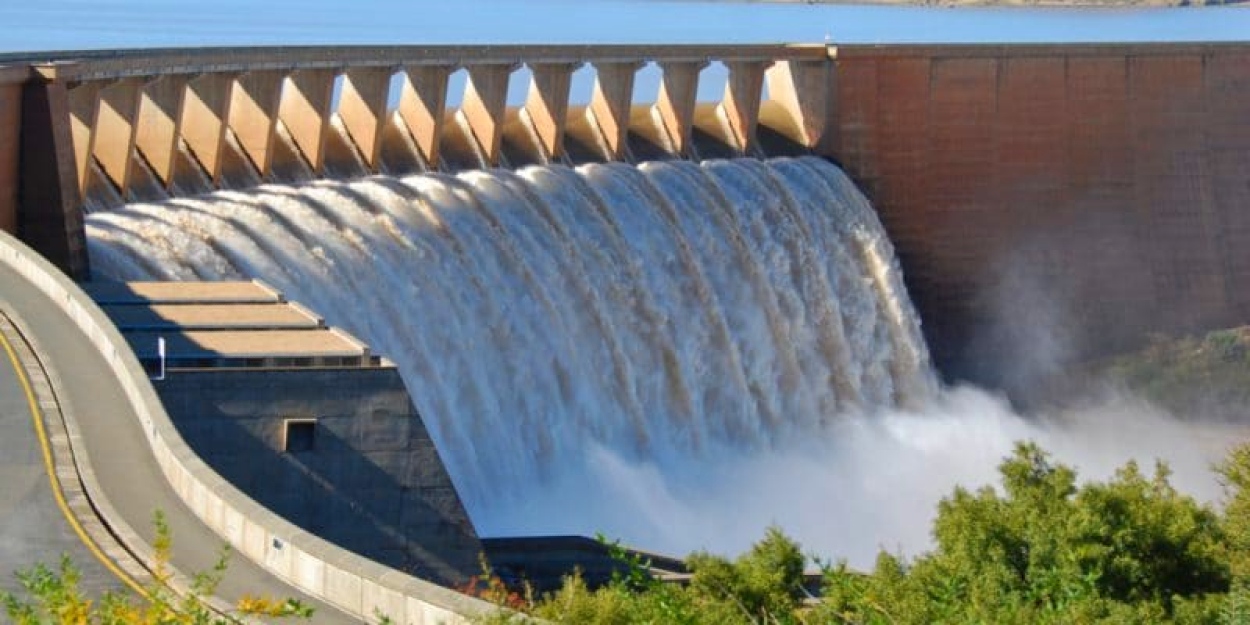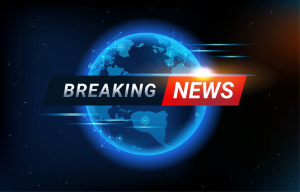India and Pakistan are at loggerheads, and this time, the point of friction is not the land of Kashmir; rather, it’s water.
For over six decades, the two arch-rivals had established a successful mechanism to manage water sharing. However, climate change and the increasing population putting pressure on water resources have pushed India to seek modifications to the Indus Water Treaty of 1960.
The Indus Waters Treaty was signed in 1960 by Indian Prime Minister Jawaharlal Nehru and Pakistan’s President Field Marshal Ayub Khan after nine years of negotiations, with the help of the World Bank, which was also a signatory.
The treaty is seen as one of the most successful international transboundary water treaties. It has survived frequent tensions, including conflict, and has provided a framework for irrigation and hydropower development for more than half a century.
The Treaty allocates the Western Rivers (Indus, Jhelum, Chenab) to Pakistan and the Eastern Rivers (Ravi, Beas, Sutlej) to India.
AfriPrime App link: FREE to download...
https://www.amazon.com/Africircle-AfriPrime/dp/B0D2M3F2JT
At the same time, the Treaty allows each country certain uses on the rivers allocated to the other. Of the Eastern River, approximately 80% of the water, or about 135 Million Acre Feet (MAF), was allocated to Pakistan, leaving India with the remaining 20%, or 33 MAF.
The Indus Basin is home to nearly 300 million people in India and Pakistan. River tributaries in the basin cover 65 percent of Pakistan’s drainage area and 14 percent of India’s drainage area. Climate change has ensured that water issues have become more prominent between the two countries. Despite being in force for over six decades, India has been able to exploit less than 20 percent of the hydro-power potential of the western rivers.
According to the Jammu and Kashmir State Economic Survey of 2017, the Union Territory (UT) has the potential to produce 16,475 (Mega Watt) MW of hydropower, though only 3,263.46 MW has been harnessed to date.
All the dams being constructed by India are run-of-the-river projects that technically do not have any storage or pondages, as specified by the provisions of the treaty. India is allowed unrestricted use of waters of the western rivers for the construction of run-of-the-river hydroelectric projects.
India’s plan to harness hydropower from the river system has met objections from Pakistan, resulting in cost overruns and delays in the project’s execution.
In 2023, India sent a notice to Pakistan requesting the ‘modification’ of the 64-year-old treaty through the Permanent Indus Commission. On August 30, New Delhi took the next step and asked for the ‘review and modification’ of the treaty, underscoring its resolve to renegotiate the terms of the water-sharing treaty.
The latest has been the fourth notice to Pakistan after India escalated its demand to renegotiate the 1960 treaty.
“India’s move to seek modifications to the 64-year-old Indus Water Treaty (IWT) stems from a combination of geopolitical, environmental, and strategic factors. One of the key reasons is the growing need to secure and optimize its water resources, especially in light of increasing water demand, climate change, and fluctuating water availability in the region,” Neeraj Singh Manhas said. He is the Special Advisor for the South Parley Policy Initiative, Republic of Korea.
AfriPrime App link: FREE to download...
https://www.amazon.com/Africircle-AfriPrime/dp/B0D2M3F2JT
India has now called off all the meetings of the Permanent Indus Commission until Pakistan agrees to the talks. The main issue has been that the treaty does not have an exit clause, which bars any of the signatories—India, Pakistan, or the World Bank—from unilaterally exiting it. Even modifying the treaty requires a consensus.If India quits the treaty unilaterally, the move will not have international legitimacy and acceptance. The treaty does not include the review process, but it does call for modifications from time to time after being discussed by the two governments.
“In terms of avenues for modification, India can push for bilateral negotiations with Pakistan, potentially seeking third-party mediation or arbitration through the World Bank, as the IWT was facilitated by them.
Additionally, India may leverage changes in international environmental laws or use diplomatic pressure to bring Pakistan to the table for renegotiating terms that better suit both countries’ current needs,” Manhas says, adding: “The emphasis on environmental sustainability, regional stability, and economic development will likely be key considerations in India’s pursuit of treaty modifications.”
At the heart of the dispute are two hydroelectric projects that India is building—Kishenganga and Ratle in Jammu and Kashmir.
Objecting to the projects’ design, Pakistan approached the World Bank to appoint a neutral expert to examine its technical objections. Later, it withdrew its request and asked for the constitution of a Court of Arbitration.
The Kishenganga Hydro Electricity Project (KHEP) was originally designed as a storage and hydropower project. Kishanganga is a tributary of the Jhelum River that originates in Jammu and Kashmir and flows into Pakistan-administered Kashmir. Work on KHEP began in 2007, with plans to construct a dam on the Kishenganga to divert its water for a 330 MW hydropower facility in Bandipora, Kashmir, and then return it.
The project was initially planned to be completed by 2016 but was delayed as Pakistan raised concerns about the dam’s height, contending that it would increase India’s water storage capacity. In response, India modified the design, reducing the dam’s height from 97 meters to 37 meters.

Changing Geopolitical Landscape
India and Pakistan relations have hit a nadir and have been there since the 2016 Uri terror attack by terrorists on an Indian Army brigade headquarters.
The treaty, hitherto not prone to jingoistic domestic politics, has also come under its shadow. “Blood and water cannot flow together,” Prime Minister Narendra Modi said during a meeting with India’s water ministry officials in September 2016. Since then, a slew of hydropower projects have been fast-tracked.

Adding fuel to the fire, then Minister for Road Transport and Highways Nitin Gadkari wrote in a 2019 tweet, “We will divert water from Eastern rivers and supply it to our people in Jammu and Kashmir and Punjab.”
India can use the waters of the eastern rivers at its discretion, but the projects on the western rivers are a source of conflict.
Since 2018, Pakistan has been objecting to the 1,000 MW Pakal Dul project and Lower Kulnai, but India has dismissed the objections. In 2021, India cleared more hydropower projects in Ladakh, of which Pakistan has objected to Durbuk Shyok and Nimu Chilling. Islamabad has also objected to the 624 MW Kiru project.
Pakistan has been apprehensive that the hydroelectric projects on the western rivers will give India greater control over the flow of the water, whereas New Delhi feels that new technologies can help in the optimum utilization of the resources.
AfriPrime App link: FREE to download...


